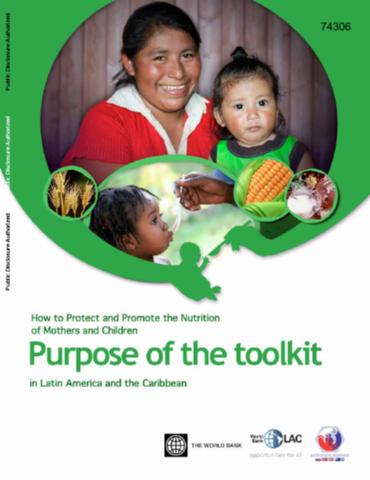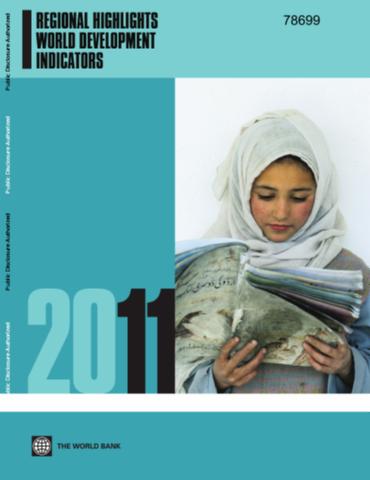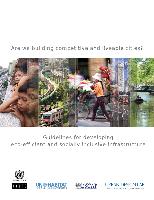Modeling urban land use change by the integration of cellular automaton and Markov model
Spatially land use models are indispensable for sustainable land use planning. This study demonstrates a combined Markov–Cellular Automata model to analyze temporal change and spatial distribution of land use stressed by natural and socioeconomic factors in Saga, Japan. Firstly, area change and spatial distribution of land use are calculated using GIS technology, and then the transition among different land use types is analyzed to obtain the transformation matrices during a period of 1976–2006.





